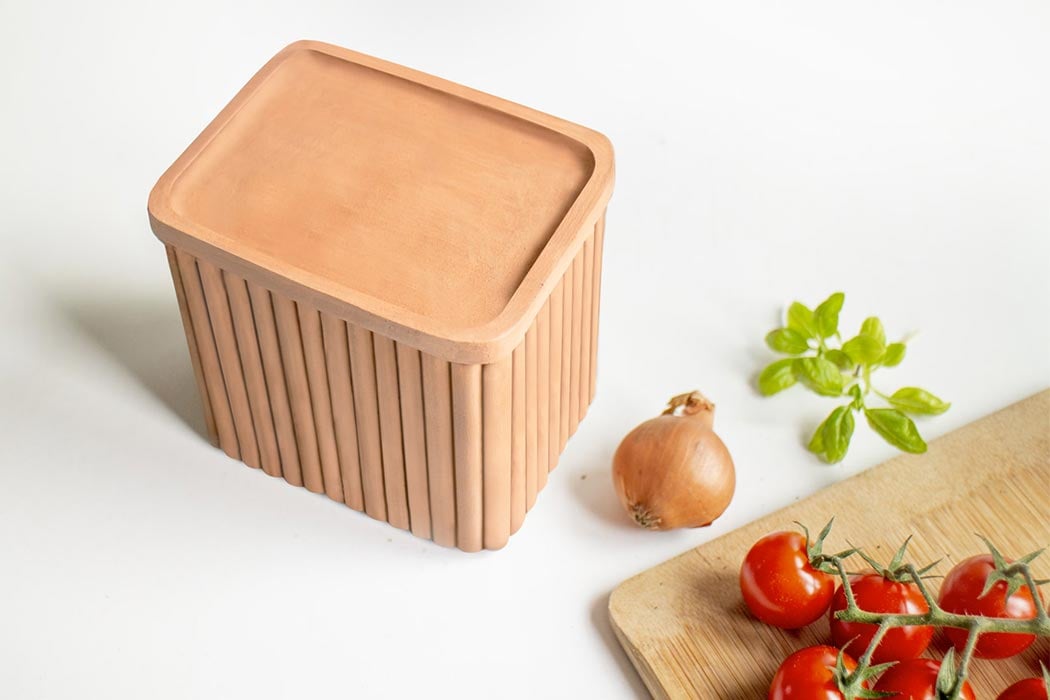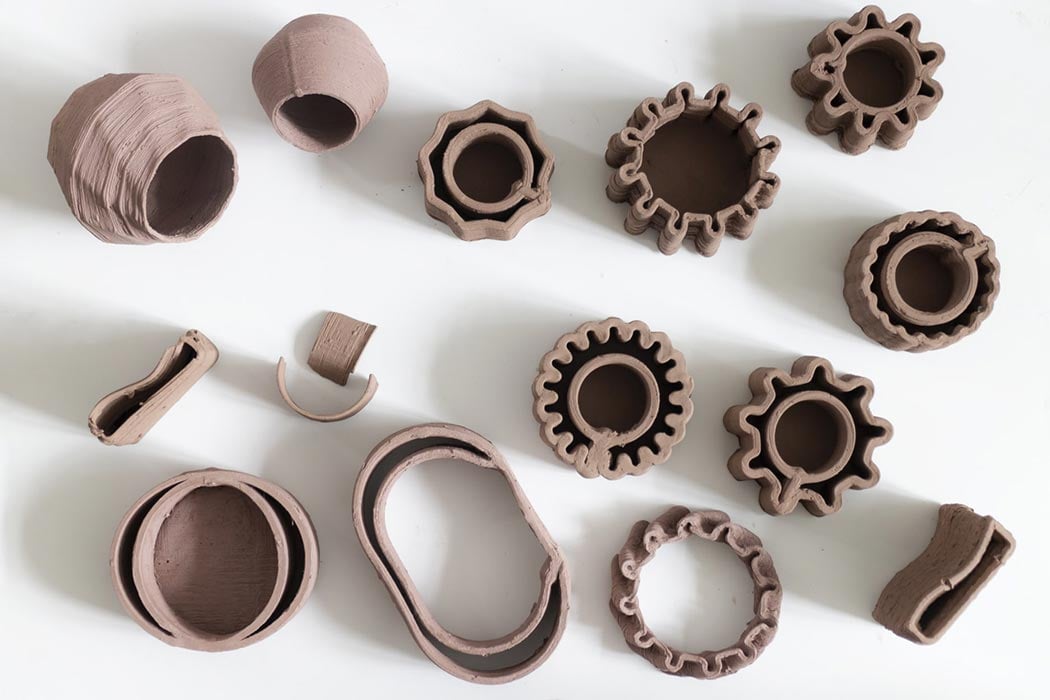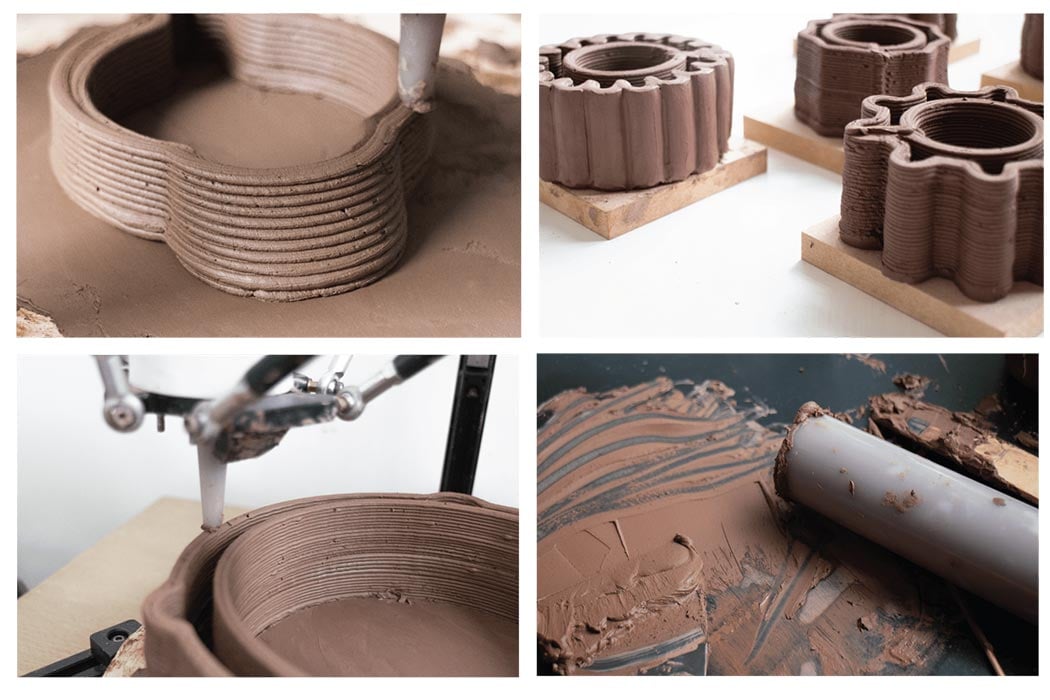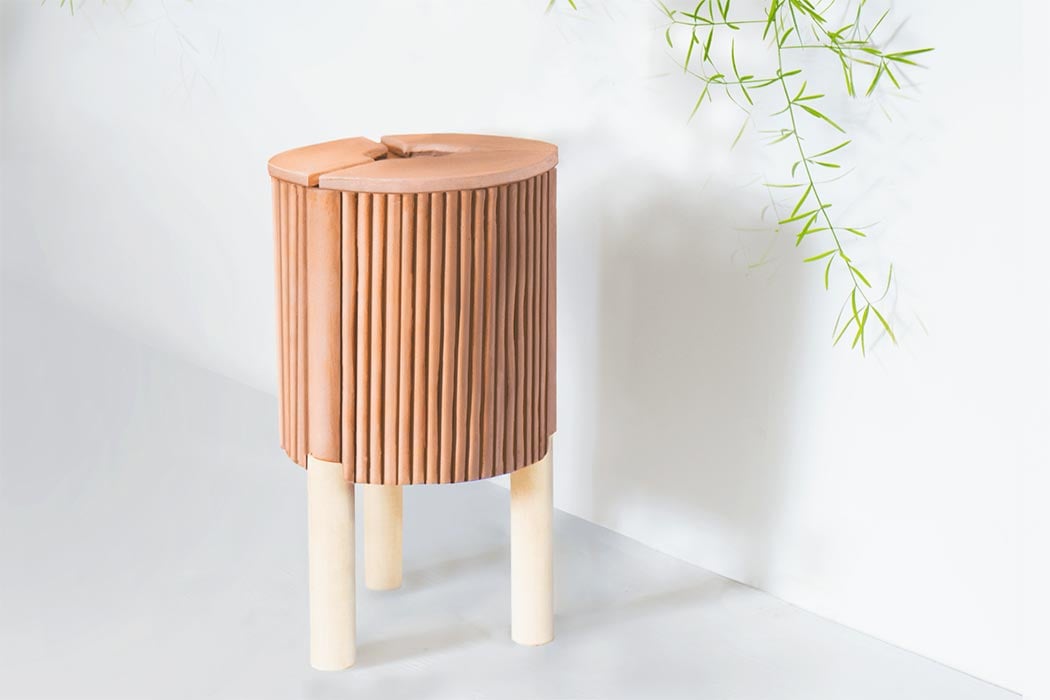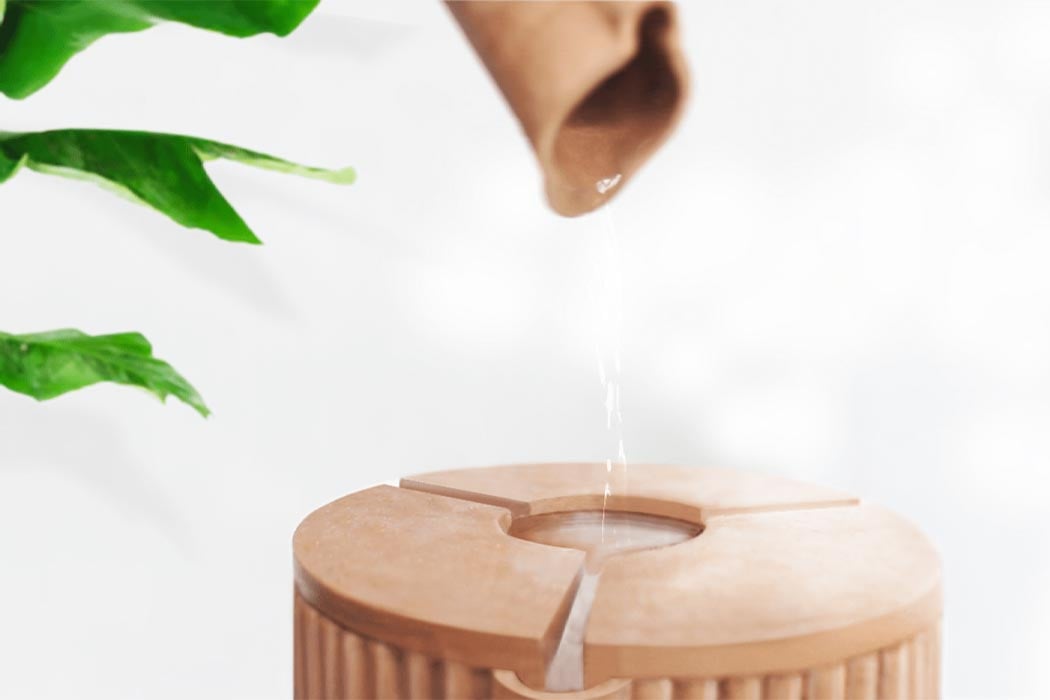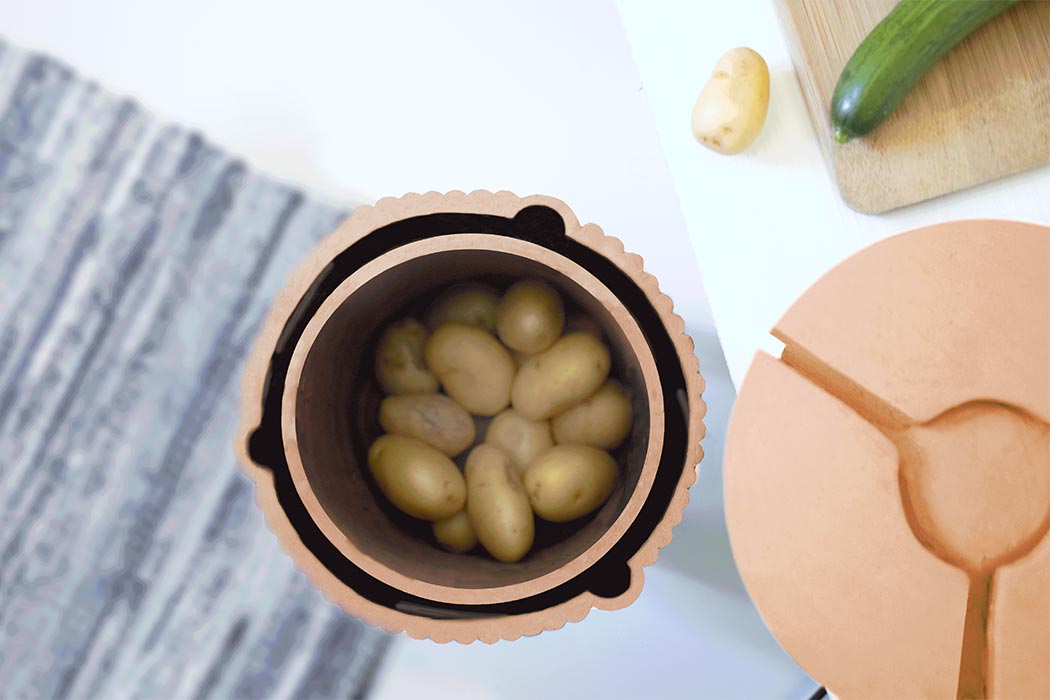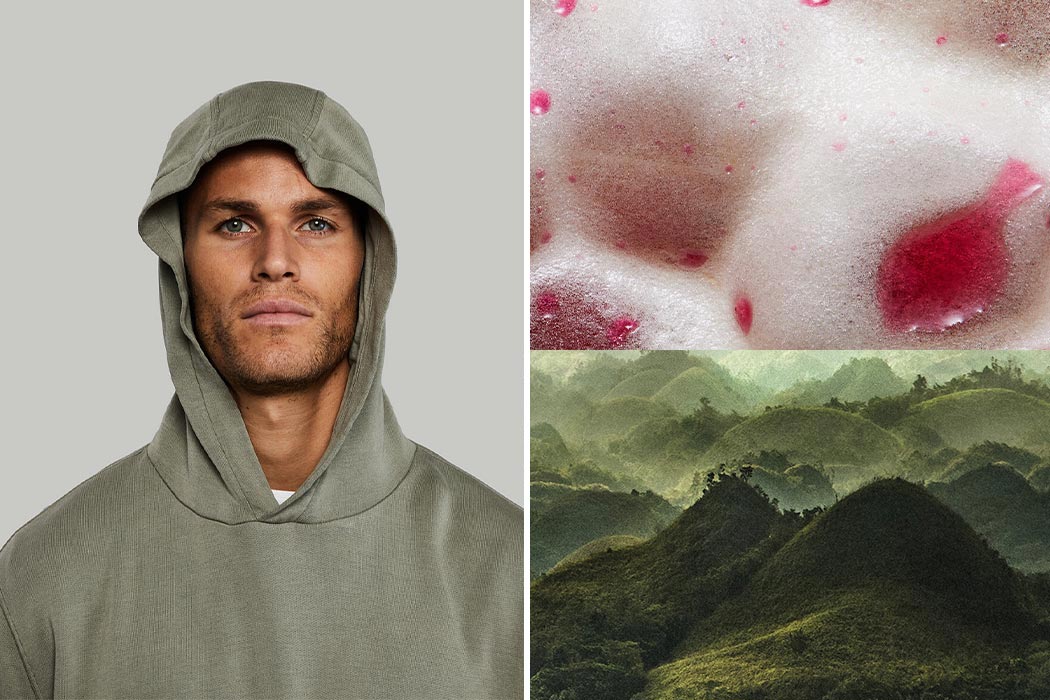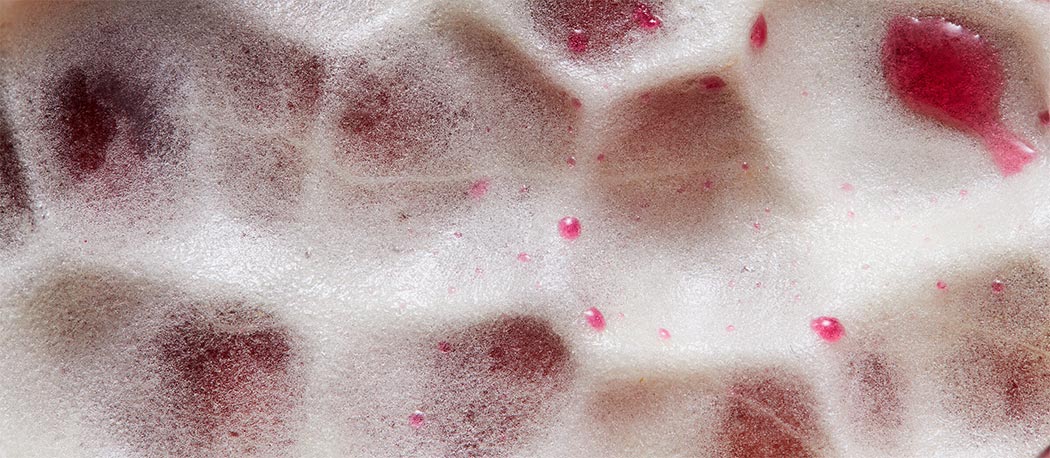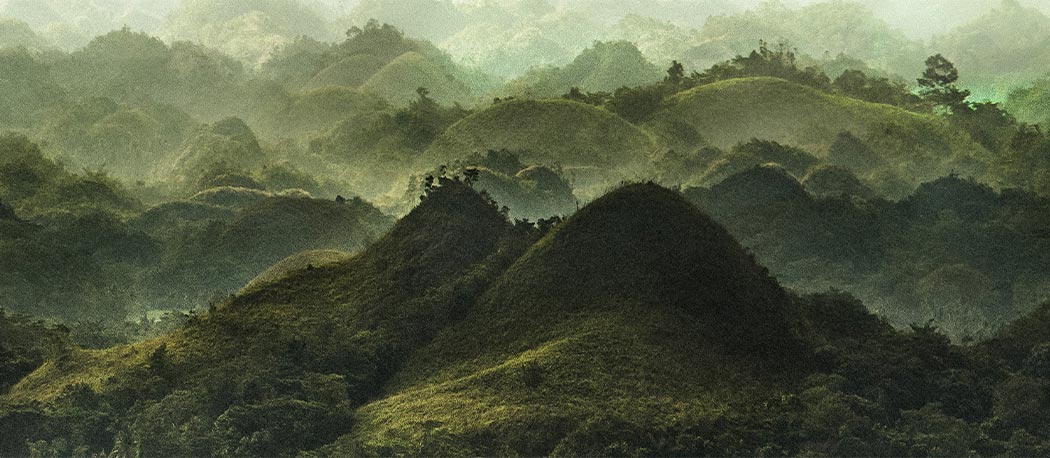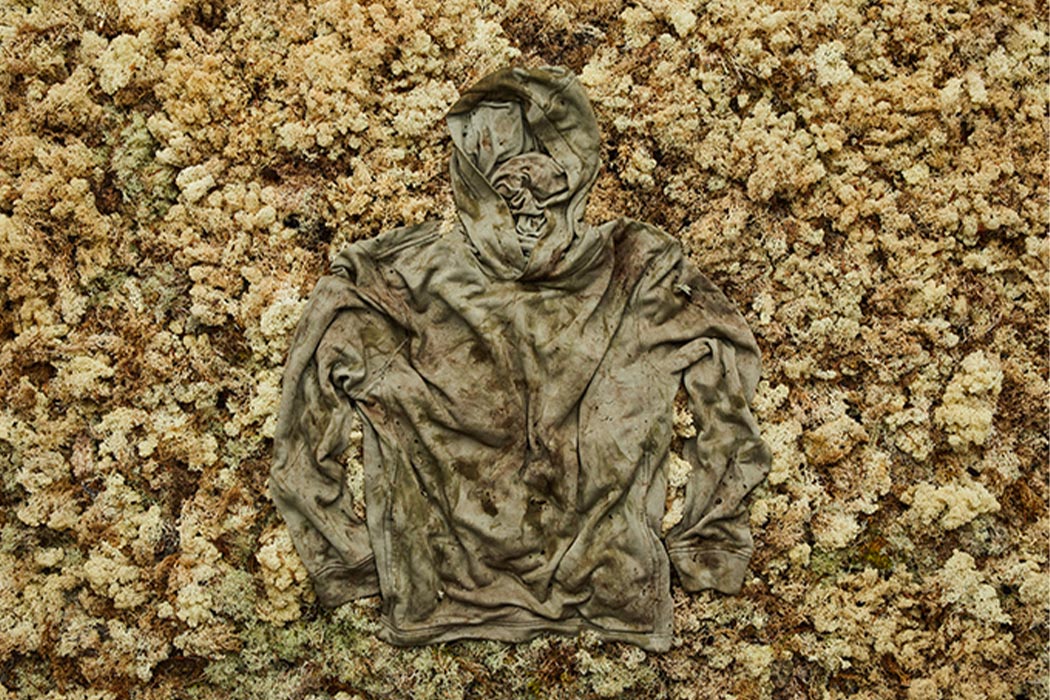All over the world, we face the challenge of waste generation and management. Most people think that plastic is the biggest culprit but you would be surprised to know that food waste the largest waste contributor worldwide. To put it into context, food is responsible for 44% while plastic is responsible for 12% – that is a problem we need to fix and designer Lea Randebrock is taking a step in the right direction with her Clay Pantry collection.
About 1/4th of the food waste, which is generated in industrialized countries goes back to the actions of consumers and the busy lifestyles of western countries in combination with a lack of knowledge. Old-timey solutions like root-cellars made it possible to store produce throughout winter but now we have cheap food that is quick to cook and always available which has been taken for granted. People are not only detached from their environment but also from the food they consume and Clay Pantry wants to change that approach through its organic design. It provides a suitable space for fruits and vegetables which make up for the highest waste count. Inspired by traditional storing methods, this collection was created to be used within our modern lifestyle settings – the best of both worlds. The furniture-container collection includes the Root Stool, Fruit Shelf, Tempered Box, and Watering Jug which are all crafted around the behavior and actions of watering plants. “By watering the objects like plants, the focus goes effortlessly to the objects and the content,” describes Randebrock who has been a student of furniture design and is inspired by indigenous materials.
Clay has been used since ancient times as a storage solution for food and drinks, having grown up in India it is a big part of the culture and in fact, water stored in clay pots is always cooler (and sweeter!). The cooling effect is due to the porosity of earthenware which has natural cooling properties when soaked with water. Clay Pantry optimizes this property to give you a range of storage containers for small, urban homes. The Root Stool provides dry and dark storage space and the Tempered Box was created for produce that needs humid and cool conditions. The Fruit Shelf and Water Jug are self-explanatory. Clay Pantry’s modular nature makes it a perfect fit for compact apartments and for those looking for an eco-friendly storage solution for their produce.
“In the situation followed by the challenging spring of 2020, I believe it is more important than ever to include empathy in our society. Any aspects of everyday life are challenged and need to be redesigned and restructured. While this is a challenging time, this is a chance to question the status quo. As a designer, I hope to contribute in a positive way to a Post-Corona society,” says Randebrock, a student of the Royal College of Arts. She has used a traditional food storage method but brought it to life using 3D printing – the best of both worlds is embodied in this collection that serves us and our environment.
Designer: Lea Randebrock
